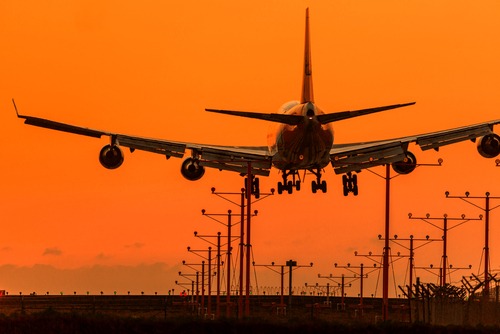
The Airports Council International (ACI) World and the five ACI regions announced Monday they had set a global commitment to reach net zero carbon emissions by 2050.
In collaboration with its members, the council created the long-term carbon goal to address climate change. It also urged governments to provide the necessary support to help airports achieve the goal.
“Climate change is a global challenge requiring an urgent global response given the Intergovernmental Panel on Climate Change’s (IPCC) recent call to reach net zero carbon emissions by 2050,” the council said in a press release. “ACI’s long term carbon goal relates to the carbon emissions under the direct control of airport operators and will be a crucial component of the aviation industry’s contribution towards this global effort.”
Building on the net zero carbon emissions commitment initially launched by ACI Europe in 2019, the council said it created the long-term carbon goal to further drive the decarbonization efforts of airports as they respond to climate change.
“The climate crisis requires bold action at the local, regional and global level and the goal we have set for airport members will help to drive action and identify common challenges and opportunities that can be tackled together,” ACI World Director General Luis Felipe de Oliveira said. “We set out to work with all ACI Regions and our membership globally to establish a net zero goal at a global level that airports can commit to reaching, and we urge governments to provide the necessary support for this crucial endeavor.
The council said the aviation industry has invested billions in measures and practices that have made significant progress in reducing the industry’s environmental impact, including new technologies, operational efficiencies, and infrastructure improvements. The result has been more than 10 billion tons of CO2 averted by the industry since 1990.
However, governmental help is needed, the council said.
“Airports cannot do this alone, however, and this is just the first step. If they are to realize this ambitious target, they must work closely with the wider aviation community and count on the support of governments and key stakeholders to address, minimize and mitigate the environmental impacts of continued aviation growth over the long term.”